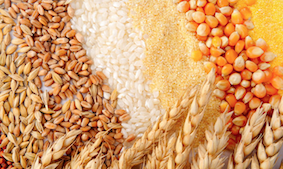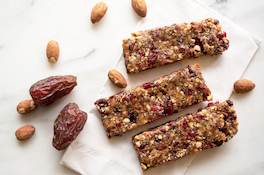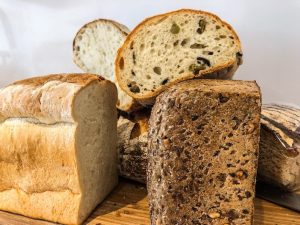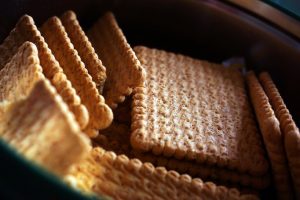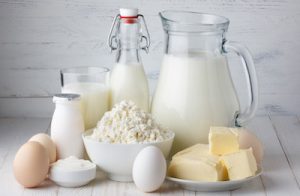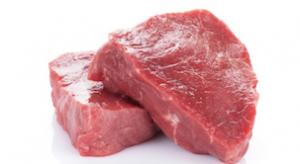About our business
Jemyll presents low-caloric, highly metabolically-efficient nutrients, dicarboxylic acids (DiCarbs), that provide the benefits of fats and carbohydrates but prevent their metabolic pitfalls.
DiCarbs are components of the natural protective polymers, cutin and suberin, that water-proof the leaves and fruits and regulate the flow of nutrients in plants. We have discovered a novel method of producing nutritional products rich in DiCarbs and low in cholesterol, by means of hydroponic harvesting and animal breeding. These two methods, both patented in 2017, allow us to produce any food or drink that derives from plants cultivated or animals fed with DiCarbs.
This includes the following plant products:
Sweet and salty snacks as meal substitutes
Energy drinks (oat smoothie etc.)
Flour, Pasta, Bread and Pizza
Biscuits
Algae
Processed foods
Cereals
Animal-derived products covered by our 2nd patent includes items such as:
Eggs and derivatives (mayonnaise, custard, whipped cream, ice creams)
Milk and derivatives (mozzarella, cheese, etc)
Steaks and other meats
Processed meats (bacon, sausages, cured meats), etc.
Our market is that of metabolic disease prevention and treatment, and fitness and well-being.
We aim to particularly address the needs of the following consumer groups:
Fitness nutrition
Overweight
Obesity
Insulin resistance
Cardiovascular disease
and many other metabolic disorders.
Dicarboxylic acids

Dicarboxylic acids (DiCarbs) have been shown to be a very good source of energy with physical-chemical characteristics intermediate between carbohydrates and fatty acids. In fact, they are oxidized like fatty acids but, like glucose, their salts are soluble in water. In addition, their end product of oxidation, succinic acid, provides an indispensable substrate for glucose metabolism.
Carbohydrates provide 4 calories per gram while fat provides 9 calories per gram. C12 is a type of DiCarb with 12 carbon atoms that provides 7.2 calories per gram (Mingrone et al., 2006; NutrRev 64:449-56) without increasing fat mass as do fatty acids. DiCarbs do not require insulin nor do they stimulate insulin secretion, while increasing fatty acid oxidation, therefore they are a useful energy substrate for obese and diabetic subjects. In fact, insulin is a hormone which stimulates fat accumulation and therefore promotes obesity.
DiCarbs not only provide energy to the body but also improve insulin resistance and glucose utilisation in diabetic patients. Therefore, DiCarbs support weight loss and improves type 2 diabetes control. Given the high-caloric, low-fat characteristics of DiCarbs, they have been shown to be a strong energy substrate during exercise, reducing muscle fatigue and increasing muscle strength (Salinari et al., 2006; Am J Physiol Endocrinol Metab ;291:E1051-8).DiCarbs
Several high-profile papers have shown the nutritional benefits of DiCarbs, in particular:
Mingrone, Macé, et al. 2010 (Diabetes Care)
Mingrone, Castagneto-Gissey, Macé 2013 (Br J Clin Pharmacol.)
Mingrone et al.., 2006 (NutrRev)
Mingrone et al. (Am J Physiol Endocrinol Metab)
Mingrone et al. 2010 (Diabetes Obes Metab. )
Mingrone et al. 2005 (Am J Physiol Endocrinol Metab)
Mingrone et al. 2000 (Int J Mol Med)
Mingrone et al. 2000 (J Pharmacol Exp Ther.) & many more
More on Dicarboxylic acids


